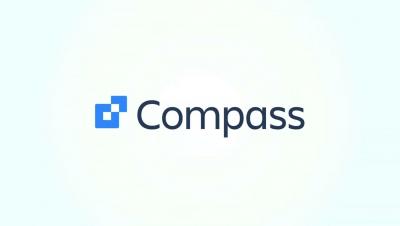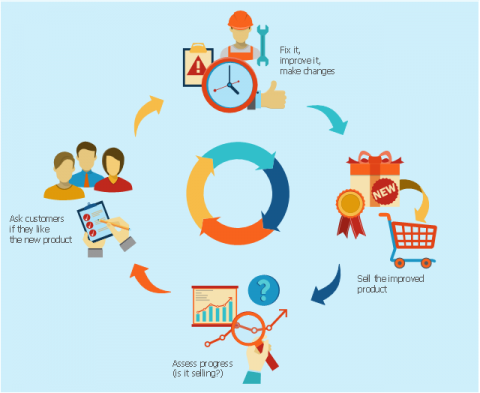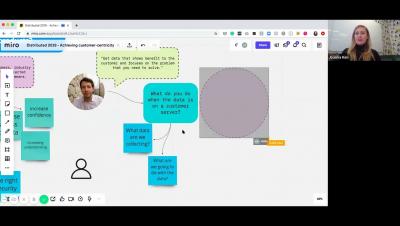Teams | Collaboration | Customer Service | Project Management
%term
What is Remote Work?
Remote work has seen a resurgence due to the pandemic, and hybrid work is here to stay. It’s excellent news for knowledge workers, but what does it mean for support teams? Employees working from their home, vacation property, or a coffee shop create a different environment for technology teams, who need to support and ensure the applications and infrastructure are working well end-to-end.
Why Listening to Customer Feedback Leads to Startup Success
10 Innovative Workforce Software: Features, Pricing, Reviews
Whether your team is large or small, in-house or remote, workforce software is critical to ensuring an integrated employee experience. These tools help with workflow optimization, performance management, time tracking, and enhancing operational efficiency company-wide. And since there are so many tools to choose from, we’ve compiled a list of the most user-friendly and innovative software for the modern workforce.
Free Biweekly Timesheet Template (Excel, PDF, Word)
Paying employees every other week (semi-monthly) has become a standard practice in the business world. However, you first need to accurately track the billable hours on a timesheet to pay an employee. And that’s what a biweekly timesheet template is for. In this article, we’ll share a free biweekly timesheet template that you can download and customize for your company. That said, creating a manual biweekly timesheet is still a time-consuming process and is also prone to human errors.
2022 Airline Customer Service Report | Ft. WestJet, Spirit, American, Delta, and more
SMART ASSES - a way to set even smarter goals
If you’ve ever had to set a goal, it’s likely you’ve come across the SMART framework.* A SMART Goal is a goal that is Specific, Measurable, Assignable, Realistic, and Time-related.
How To Become a Project Manager: A Simple Guide
According to a study conducted by PricewaterhouseCoopers, 97% of organizations believe that knowledge of project management is crucial to organizational success. There’s no doubt that organizations looking for project managers prefer to recruit people who have the skillset and expertise to handle complex project management scenarios, and who can effectively organize teams of people to accomplish specific goals or projects for the company.
Introducing Voice Calling and Screen Sharing in Channels
Coming from a traditional office environment, the ways of working tend to approximate in-person rituals. As the common adage goes “we want what we can’t have.” When you’re in the office together, the hierarchy of communication usually goes something like this: in-person > video > audio > text. But when you take a team and spread them across the world, a preference for synchronous, in-person conversations can drastically slow down collaboration.











